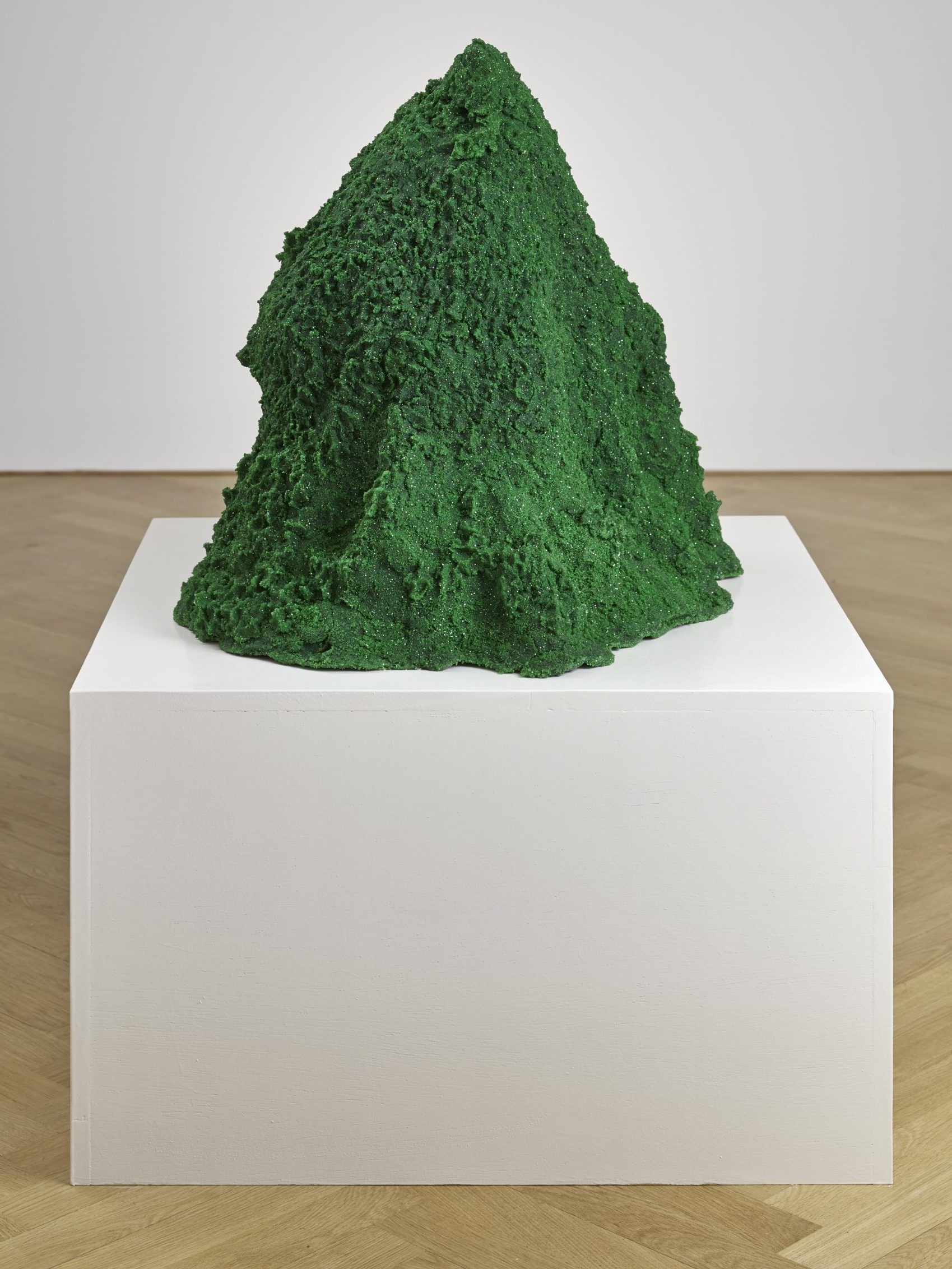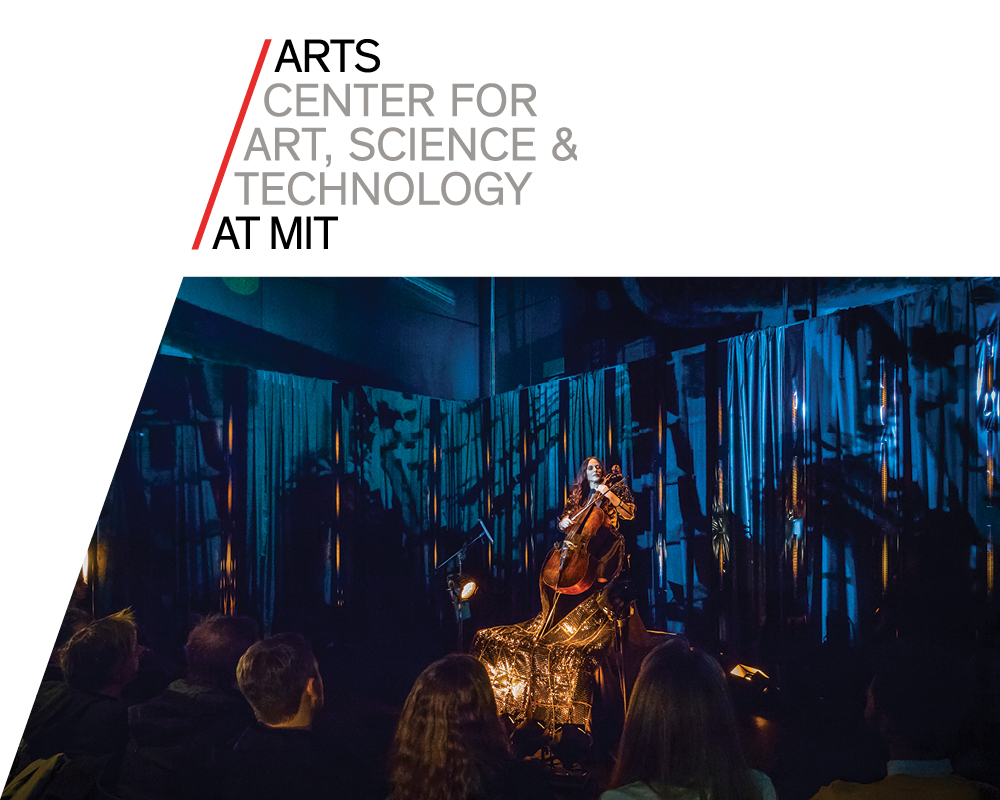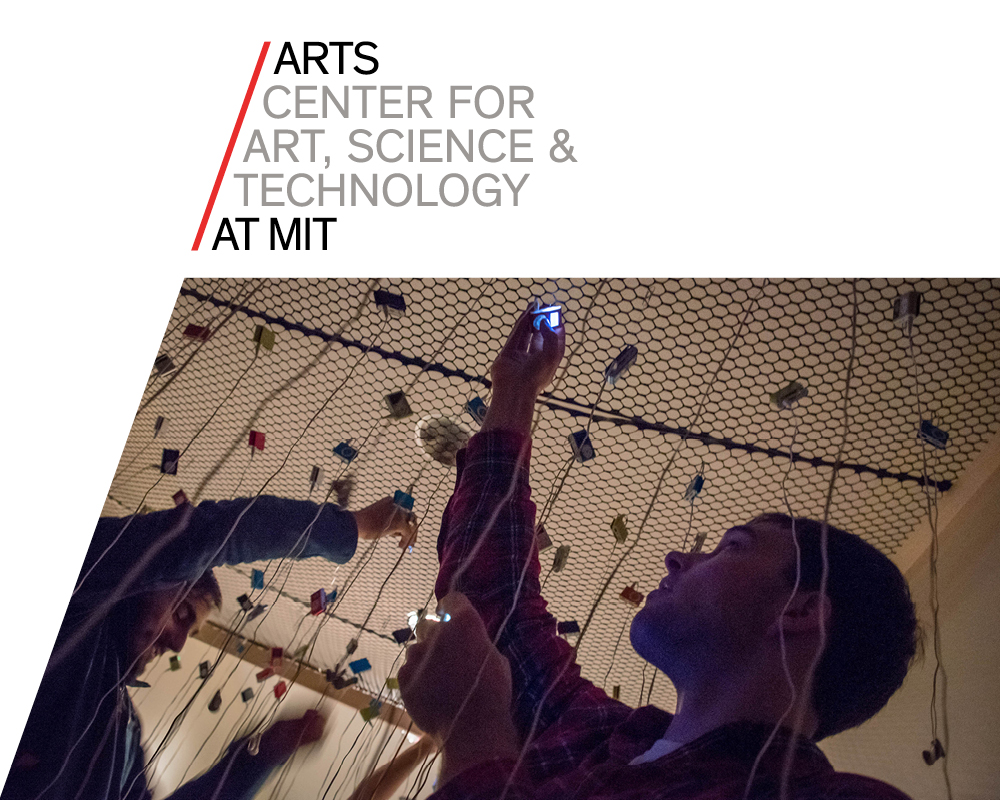Call for Sketches/Prototypes
Artists are invited to submit sketches/prototypes of generative artworks to be deployed online (running live in the browser) as part of the MIT Center for Art, Science & Technology’s upcoming symposium, “Unfolding Intelligence: The Art and Science of Contemporary Computation.”
This call is for client-side generative art, e.g., in JavaScript and languages based on it, e.g., p5.js. A Web exhibition will be hosted at MIT and remain online indefinitely. The works commissioned will also either be documented in a print book or will manifest themselves as part of a generated book project that is itself another artwork. The same code will be used in both cases.
Code resulting from a commission will be released under a free software license. Up to 15 commissions of $1,000 will be awarded to artists to aid in the completion of their work.
This call seeks answers to the following question:
How can artist-programmers working in the field of computer-generated art make unique contributions to the current discussion of artificial intelligence (AI)?
From path-seeking agents leaving circuitous weaves in their wake to animations inspired by and building on artificial life simulation, artist-programmers have long posed artistic challenges to, and formulated aesthetic elaborations on, the science of AI. Artists engage formalisms deemed intelligent and render intelligible forms of thought unfathomable without the elements they set in motion. This is a call for sketches/prototypes that cultivate this patch of creative coding practice and use it to inquire about and comment on the issues taken up in the “Unfolding Intelligence” symposium.
Works are sought that push “generative” to the furthest extent possible—not simply reproducing the past, but challenging the underlying assumptions, intentions, and politics upon which AI systems are built, and suggesting diverse futures.
There is a lack of diversity in generative art that has been previously canonized and we aim to break down these boundaries. All are welcome to apply. Artists of underrepresented backgrounds, those working outside of conventionally accepted definitions, and those questioning the very tools they are using are especially encouraged to apply.
MIT CAST and the “Unfolding Intelligence” Symposium
The Center for Art, Science & Technology (CAST) was established to create new opportunities for art, science, and technology to thrive as interrelated, mutually-informing modes of exploration, knowledge, and discovery at MIT. As one part of this multifaceted effort, CAST convenes symposia that bring together humanists, scientists, and artists.
The upcoming iteration of the CAST symposium, “Unfolding Intelligence: The Art and Science of Contemporary Computation” (April 2021), asks artists, scientists, and humanists to discuss aesthetic, technical, and critical issues pertaining to artificial intelligence (AI) and computational media. The goal is to bring together intellectuals from divergent backgrounds to discuss popular, tech-world understandings of AI as well as domain-specific, academic approaches. The panel discussions stage art-science encounters with the goal of bridging otherwise enclosed areas of research. “Unfolding Intelligence” seeks to create an inclusive field of inquiry that would encourage a more socially beneficial building of AI systems.
The four “Unfolding Intelligence” panels ask the following four questions:
• How do recent tools in computation and game-making shape the models that scientists, artists, and engineers make of the world and universe?
• Can artists and scientists create a world where Traditional Ecological Knowledge (TEK) and artificial intelligence (AI) are meaningfully co-constitutive?
• Can AI and software systems explain how historically recalcitrant forms of oppression persist as technologies and also provide alternative ways of being and living together?
• How has computation shaped the concept of intelligence and what variances in forms of intelligence are both placed at risk and brought to light by it?
Eligibility
All are welcome to apply; artists or collectives may submit no more than one application.
Schedule & Deadlines
November 1, 2020: Submissions are due
November 15, 2020: Artists selected for commission and all applicants notified
January 1, 2021: Deadline for completion of works
April 2021 symposium: Online exhibit opens
The Selection Process
Generative Unfoldings is curated by Nick Montfort, Professor of Digital Media, Comparative Media Studies/Writing, MIT. He will be joined on the jury, which will award commissions, by:
Sarah Rosalena Brady, Assistant Professor of Art in Computational Craft and Haptic Media, UC Santa Barbara
D. Fox Harrell, Professor of Digital Media & Artificial Intelligence in Comparative Media Studies/Writing; PI in the Computer Science and Artificial Intelligence Laboratory (CSAIL); Director of the Center for Advanced Virtuality, MIT
Lauren Lee McCarthy, Associate Professor, Design Media Arts, UCLA
Parag K. Mital, CTO and Head of Research, HyperSurfaces, Mogees, Ltd.; Founder, The Garden in the Machine, Inc.
How to Apply
To apply for a commission, please submit the following items via the web form:
1. A working sketch or prototype, running in modern browsers, that presents some of the essential qualities of what you plan to develop. The sketch must scale to fill the browser window and, when in fullscreen mode, to fill the screen. When “?frame” is appended to the URL of the piece submitted, one static frame must be generated.
2. A statement of no more than 150 words about your project’s relationship to the topics to be explored in the “Unfolding Intelligence” symposium.
3. A description of no more than 250 words about how you plan to further develop your project. Upon completion, additional parameters (passed in the URL) may be defined to allow generation of the pages in the book.
4. A short biography of no more than 150 words written as you would like it to eventually appear publicly.
Submissions are closed as of November 1, 2020






